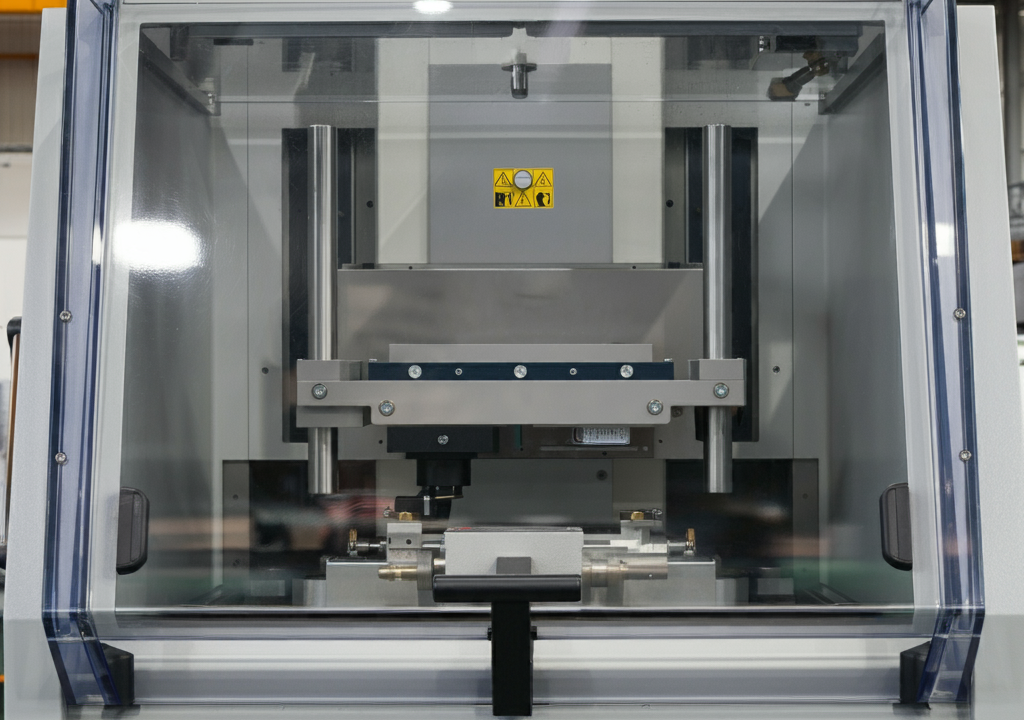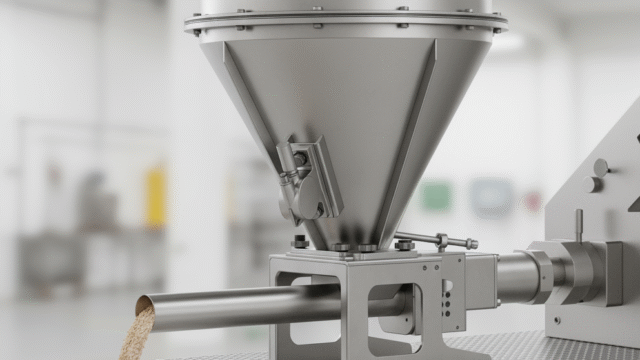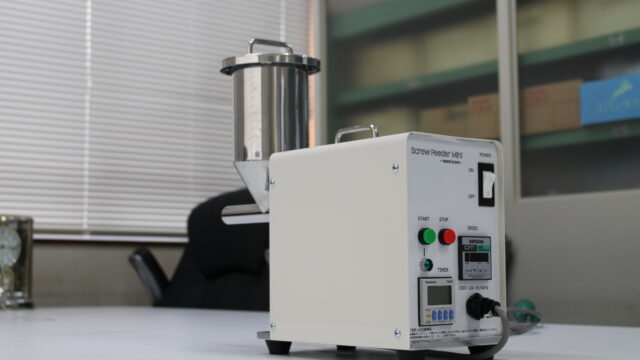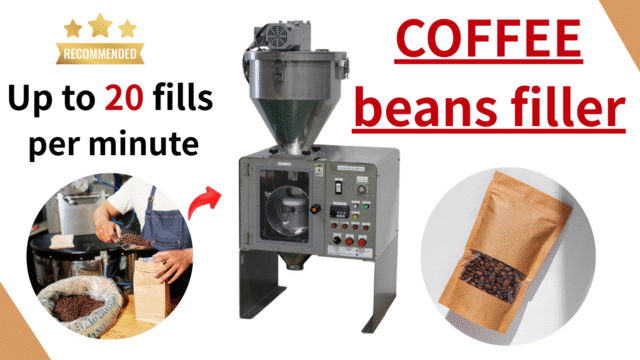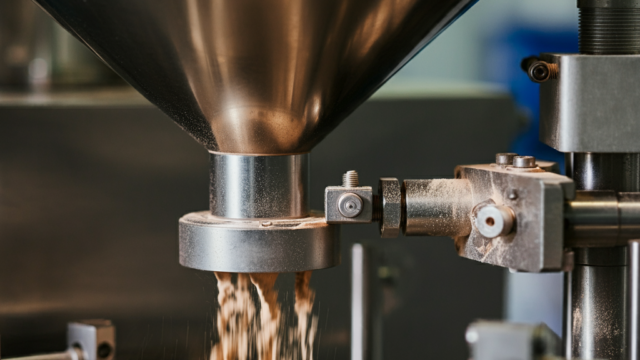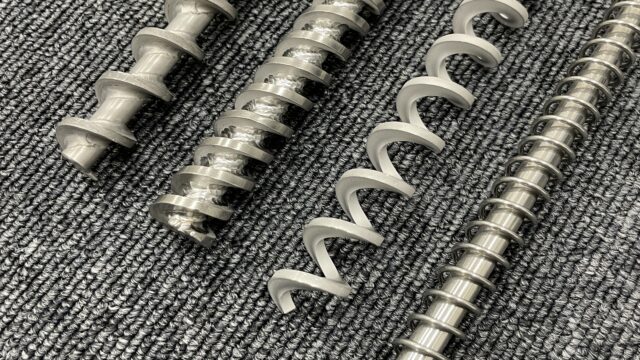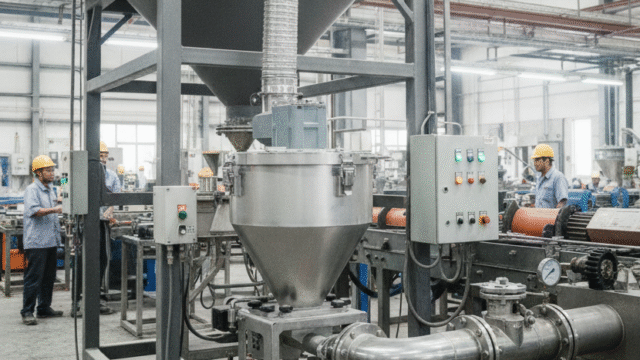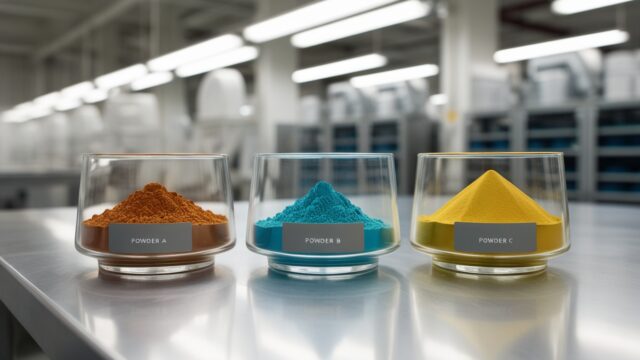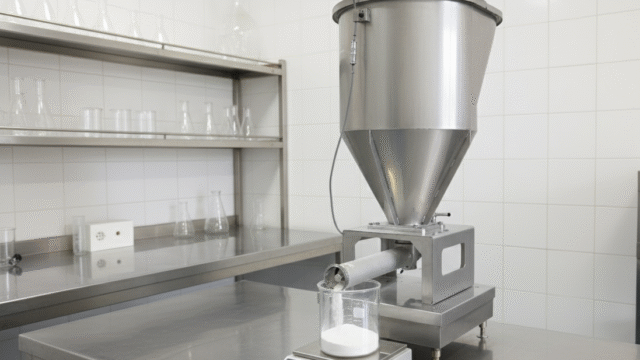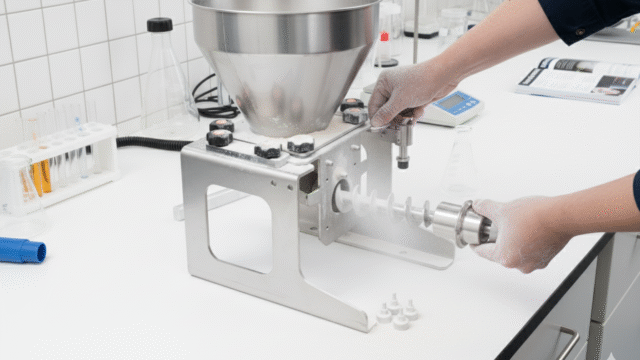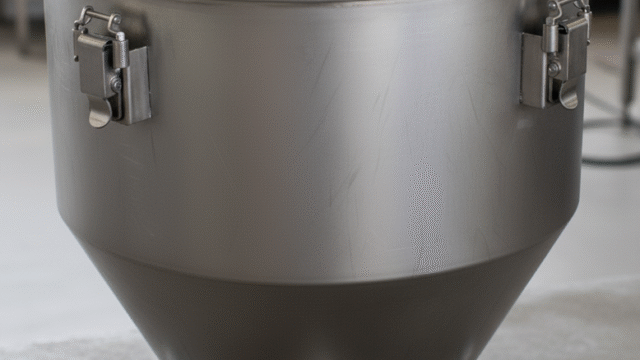Strengthening Safety Measures at the Worksite: Proposals for Introducing Powder Feeders and Powder Mixers
Safety measures during equipment operation are particularly important in factories handling powders. Even if high-performance machines are introduced, if worker safety is not ensured, it can lead to reduced production efficiency or serious accidents. Therefore, installing covers and sensors to ensure that workers can operate machinery safely is an effective measure.
1. Physical Protection through the Installation of Safety Covers
A safety cover serves as a physical barrier to prevent workers from coming into contact with dangerous parts of the machine. It is installed on rotating parts, areas where powder flows, or sharp sections where there is a risk of accidental contact by workers.
Specific Measures:
- Installation of Fixed Covers: Fixed covers that cannot be removed during operation should be installed on rotating and transport parts of the machine. This reduces the risk of workers accidentally touching the machine during operation.
- Introduction of Removable Covers: Movable covers that can be removed during maintenance or cleaning are also effective. In this case, incorporating an interlock function that automatically stops the machine when the cover is removed enhances safety.
- Use of Transparent Covers: Installing transparent resin covers allows workers to monitor the machine’s operating conditions safely while making it easier to oversee the machine’s status.
Benefits:
- Physical protection ensures that workers are prevented from coming into contact with dangerous parts.
- The simple design keeps costs relatively low and makes maintenance easy.
Points to Note:
- It is important to design covers that match the workflow to avoid reducing operational efficiency.
- Regular inspection and maintenance of covers are essential, as deterioration, cracking, or detachment of resin or welding can occur, compromising safety.
2. Safety Management through Sensor Installation
Safety measures using sensors involve a system that monitors the machine’s operational status in real time and automatically stops the machine before a hazard occurs. This enables quick responses when workers enter dangerous areas or an abnormality occurs.
Specific Measures:
- Installation of Proximity Sensors: Introduce a system where sensors detect when workers approach hazardous areas, automatically stopping the machine to prevent accidental contact.
- Introduction of Light Curtains: Set up light curtains in hazardous areas of the machine so that the machine automatically stops if a worker enters the zone. These curtains ensure high visibility and safety without compromising operational efficiency.
- Installation of Vibration and Temperature Sensors: Install sensors to monitor vibrations and temperatures to detect abnormalities in the machine. If an abnormality is detected, an alarm will sound, or the machine will automatically stop, preventing equipment failure or accidents.
Benefits:
- Machines automatically stop before workers can sense danger, significantly reducing accident risk.
- Sensor technology has evolved, offering high precision and reliable safety management.
Points to Note:
- Regular calibration and maintenance are necessary to prevent sensor malfunctions.
- The cost of installation can be high for certain types of sensors, so it is important to carefully evaluate whether the risk reduction justifies the investment.
3. Introduction of an Interlock System
An interlock system ensures that the machine automatically stops when a safety door or cover is opened or removed. This system prevents machines from accidentally operating while workers are inside, ensuring safety during maintenance.
Specific Measures:
- Install Interlocks on Doors and Covers: By adding interlock functions to parts that open during maintenance or cleaning, you can ensure that workers operate in safe conditions.
- Interlock Coordination: If the guard on a specific part of the machine is removed, ensure that related equipment also stops simultaneously, improving safety even in complex production lines.
Benefits:
- Prevents accidents caused by workers accidentally operating machines.
- Provides automated safety management during maintenance and cleaning, allowing workers to operate with peace of mind.
Points to Note:
- Regular inspections and tests are needed to prevent malfunctions or breakdowns in the interlock system.
- If the process of unlocking the interlock becomes cumbersome, it may reduce operational efficiency, so user-friendliness should be considered in the design.
4. Integrated Safety Management Systems
To further strengthen safety measures, introducing an integrated management system combining covers, sensors, and interlocks is effective. This system allows real-time monitoring of worker safety across all devices, automatically stopping machines when necessary. In case of abnormalities, alarms sound, and the management is notified.
Benefits:
- Enables centralized management of safety measures for the entire machine, further improving worker safety.
- Allows quick responses in case of abnormalities, reducing the risk of accidents.
Points to Note:
- The initial cost of introducing an integrated system may be high, so careful consideration is needed to ensure the safety benefits justify the investment.
5. Conclusion
Introducing covers, sensors, and interlock systems as safety measures during equipment operation creates an environment where workers can safely operate machinery. By combining both physical protection and automatic monitoring systems, accidents and issues can be prevented, maintaining a safe production line. Regular maintenance and inspections are essential to ensure these measures function correctly at all times.

